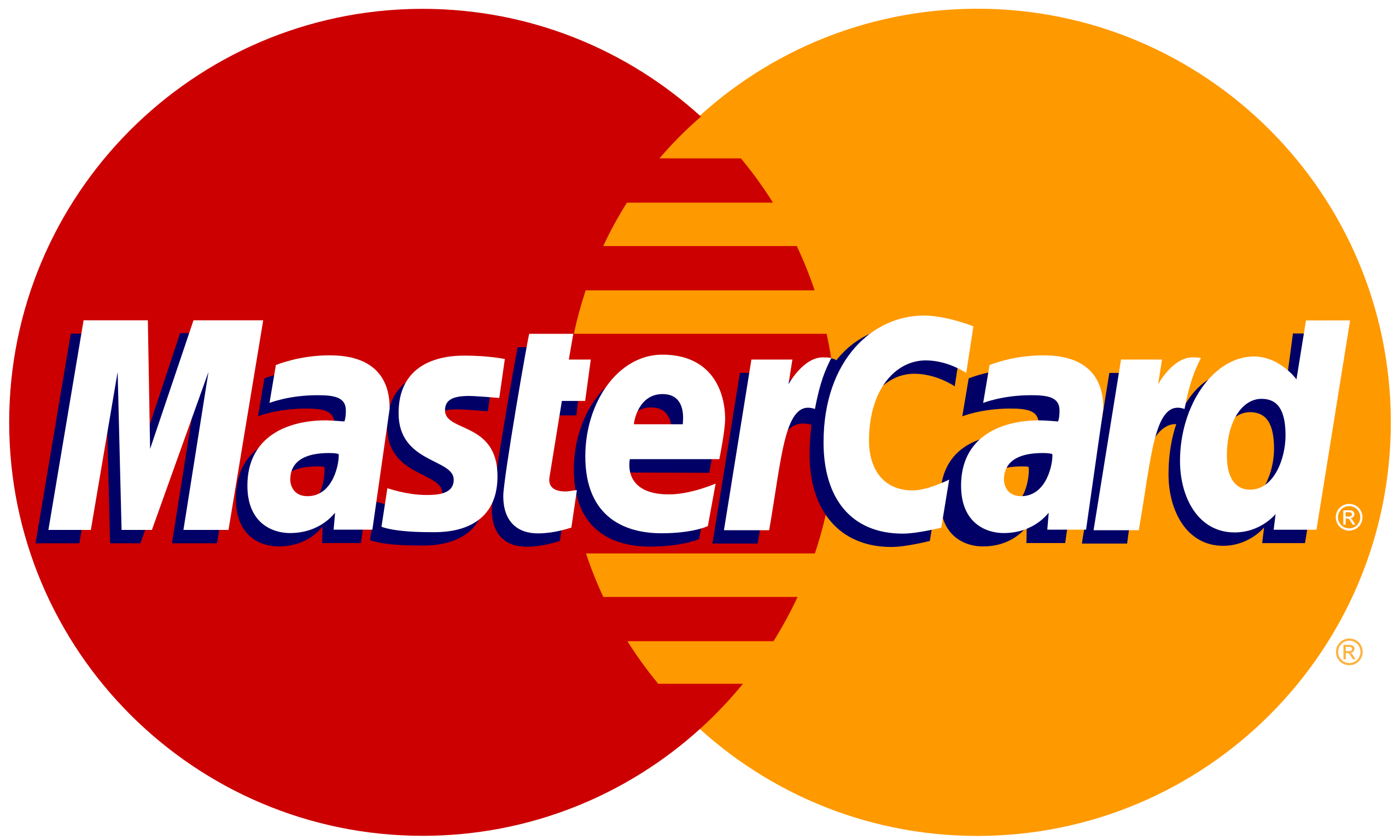
Kaizen? Blitz? Rapid Improvement? RIE?
The word Kaizen comes (as many Lean terms do) from Japanese. The meaning of Kaizen is “To Change for the Better”. In English, the word Kaizen is used as another term for Continuous Improvement, and the term is used in many ways. It can refer to a type of organization, a project, or even a personal goal.
But the term Kaizen is more often used in the context of a specific event, or Kaizen Event, which also goes by the name Kaizen Blitz or Rapid Improvement Event...for short, an RIE.
A Kaizen (or Rapid Improvement) Event (or Blitz) is where a team gets the chance to set all other work aside for a set period of time and work together to develop, test and implement a solution that will fix a particular problem.
The Problem with Rapid Improvement Events is that they are oftentimes not done well. Time is consumed during the meeting with things that should have been done before or after, key people are no-shows, participants are unclear on the purpose or unclear on why they are there, the meetings are repetitive without sufficient progress, people are double and triple booked with other meetings and worst of all...the benefits that could have been don’t materialize.
Knowing how to lead an RIE is a really important skill for any organization focused on improving and doing it in a fast, effective, and engaging way. Let’s look at the basics of an RIE done well!
The Rapid Improvement Event Timeline
/kaizen-rapid-improvement-event-steps.png)
One of the most common mistakes is thinking that an RIE takes a few days. Although it is true that the event itself should last 2–5 days, it is the Preparation and Follow-Up phases 8 weeks prior and up to 6 weeks after that are every bit as critical for a successful project.
The RIE starts about 8 weeks before the event… So let's start here.
Step 1 - Identify Opportunities (8 weeks prior to the Event)
The starting point of an RIE is to identify opportunities. This is where you evaluate the characteristics of the issue to ensure that an RIE is the correct approach. There are a multitude of different project types, and Kaizen is just one of many.
The two main factors in our decision are:
- Do we know and understand the cause of the problem?
- Is there a predetermined solution?
Known Cause and Unknown Solution is the simplest criteria. But there are times when we have to get a little more detailed in our selection. For example, we might have many options for RIEs and have to choose the best one. That means that we assess which would have the greatest impact and the greatest likelihood of success.
The more “red flags” or missing criteria, the longer time you will have to plan for the event. Either you’ll have to spend a lot more time preparing, spend more days for the event itself, or you’ll have a long and heavy follow-up phase.
Our Free RIE Project Criteria excel template is an easy way to evaluate all the aspects of your potential RIE to determine whether it is meaningful, manageable, supported and has a high likelihood of success.
Step 2 - Team Selection and Project Kickoff (6 weeks prior to the Event)
Bad RIE’s start way before the event itself.
Team selection and kickoff are crucial steps in the Kaizen Rapid Improvement Project process, and unfortunately they are often overlooked or oversimplified. We can’t overstate the importance of selecting the right team and then having an official project kickoff to set the tone and establish the foundation and project organization going forward. This includes preparing and getting familiar with things like business case, timeline, scope, roles and budget.
If the kickoff to the project is unorganized and the team is unmotivated from the start, the team will struggle and slog through the remainder of the project. How the project unfolds will often depend on the clarity, the tone and the expectations that are set here.
Step 3 - Prepare for RIE (4 weeks prior to the event)
Preparing for the actual Kaizen event can be quite a daunting task when all things are considered, which is why many people procrastinate or ignore it all together. There are 7 main milestones in the prep phase.
- Root Cause: Don’t soak up precious time during the event with late-to-the-game discussions and the verbal cyclone about possible root causes.
- Participant Training: RIE participants are usually not Continuous Improvement experts. Prepare them ahead of time, so they can hit the ground running.
- Event Agenda: This is not a time to wing it! Plan for structure + effectiveness + flexibility.
- Logistics and Supplies: Nothing like spending 30 minutes fussing with technology to drain the energy from your team right from the start. Think ahead to avoid delays!
- Stakeholders: They’re way too important to be an afterthought! Early & effective communication matters.
- Leadership Welcome: Start your event with a demonstration of leadership support and clear expectations. Plan for a strong and meaningful opening.
- Interim Briefings: During the event, the team will be providing updates to leadership and stakeholders. This is a great time for the team to be crisp, clear and organized, but it takes some prep!
You can find tools and templates for each of these milestones in our Kaizen Rapid Improvement E-Course!
/kaizen-rapid-improvement-course.jpg)
Step 4 - Run the RIE (2 to 5 Days)
The goal during the Event is for the team to develop and implement a solution. Depending on the specific problem, the solution may be physical (like new shelving for the supply closet), it might be a change in the process steps (for example, let’s gather the patient info while we are checking their vitals) or it might be a change in roles (for example, entry-level tech support staff will handle all password resets). The possibilities are infinite.
As the RIE Facilitator, it’s important to understand your role...what it IS and what it ISN’T. As the facilitator,
It is NOT your role to…have all the answers, tell people what to do, take the blame for the current scenario, take credit for the fix, make excuses for others, do all the work, make everyone happy.
It IS, however, your responsibility to prepare for the event, set the team up for success, guide the team to solutions, ask probing questions, help the team to achieve agreements, keep the team on task and on schedule, and provide technical expertise and guidance.
Step 5 - Follow-up (4 to 6 weeks after the event)
Don’t lose your steam now! Without solidifying actions and items in the follow-up phase, all the hard work that you have done to this point will have very little chance of turning into anything meaningful. The solution has been implemented. But did it have the expected results? Have we put practices in place to make sure that the old ways of working come right back?
During this powerful step is where we solidify our improvement to maximize the benefit and ensure that it is sustained. Glide through this step like a pro with our easy-to-use templates for the critical follow-up elements including Validating Results, New Process Documentation, Visual Performance Management, Service Level Agreements and Leader Standard Work.
Whether you call it a Kaizen Event, a Kaizen Blitz or a Rapid Improvement doesn’t really matter. What matters is that you do it right! Instead of wasting time and the energy of your team, learn how to facilitate a Rapid Improvement Event that inspires, ignites innovation and allows your team to feel what it’s like to achieve great results!
Comments (0)
Categories
Recent posts


Lean Six Sigma Green Belt and COVID – ...
19/08/2022
The Ultimate Guide to Learn Data ...
6/01/2023
Lean Six Sigma Implementation Process - ...
31/10/2022
Unlock the Hidden Potential of Data ...
21/01/2023
Save Big Today
Looking for the best deal? Save time and money by comparing prices, reviews, and features of courses before making your enrollment. Start now!







